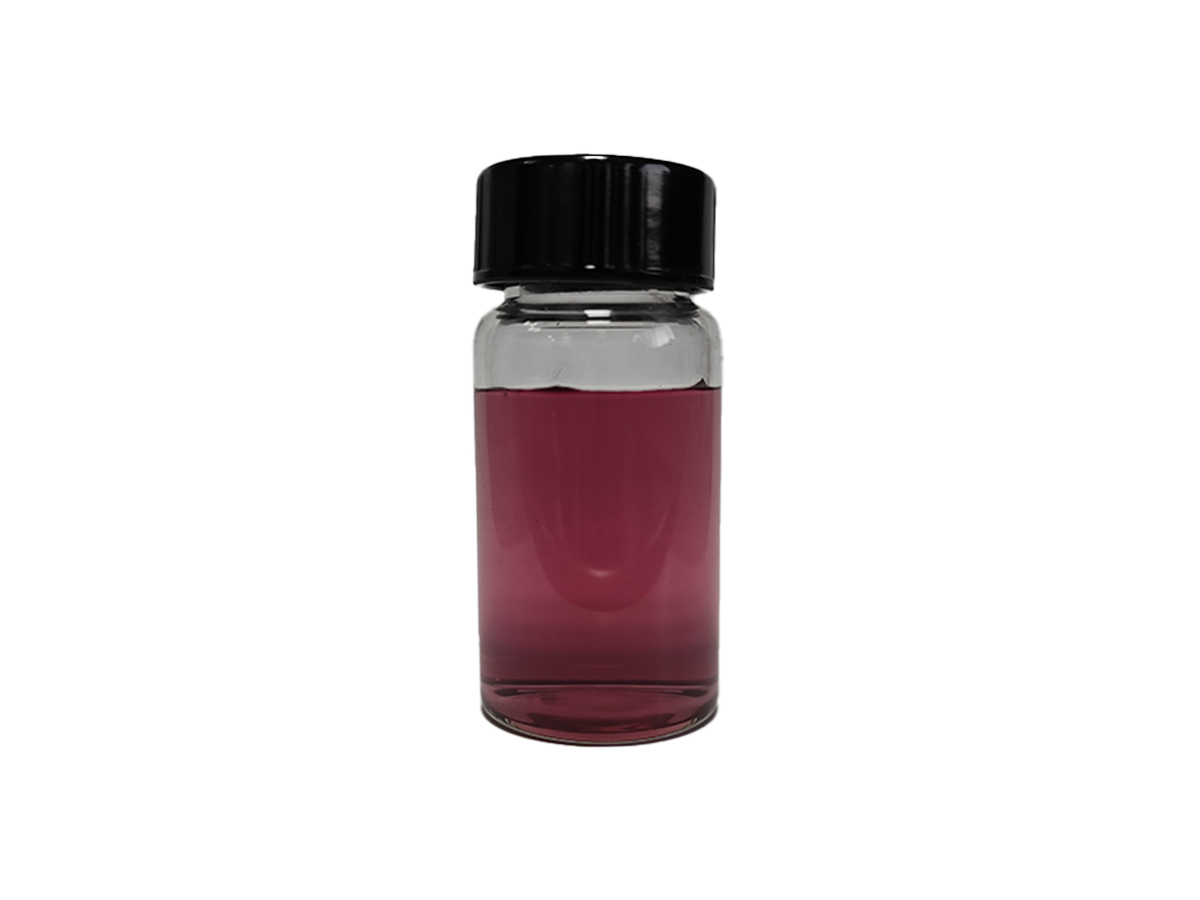
Introduction
Welcome to our product page featuring Gold Nanoparticles, a fascinating nanomaterial with a wide range of applications. In this section, we’ll explore the synthesis process, delve into the unique properties of Gold Nanoparticles, and highlight their various applications across different industries.
Properties
Gold Nanoparticles exhibit unique properties that make them highly valuable in various applications. At the nanoscale, gold nanoparticles display a phenomenon called localized surface plasmon resonance (LSPR). LSPR is the collective oscillation of free electrons in response to incident light, resulting in a characteristic absorption and scattering spectrum. This property allows for precise control of the optical properties of gold nanoparticles by tuning their size, shape, and surface chemistry.
Gold Nanoparticles also possess excellent stability, biocompatibility, and resistance to oxidation, making them suitable for biomedical applications. Their high surface-to-volume ratio enhances their reactivity, enabling interactions with biological molecules and facilitating drug delivery, imaging, and sensing applications.
Applications
Gold Nanoparticles find applications in various fields due to their unique properties:
- Biomedical Applications: Gold Nanoparticles are extensively used in biomedical research and diagnostics. They can be functionalized with biomolecules, such as antibodies or DNA, for targeted drug delivery, cancer therapy, and imaging techniques like fluorescence or surface-enhanced Raman scattering (SERS).
- Catalysis: Gold Nanoparticles exhibit remarkable catalytic activity, known as heterogeneous catalysis. They are employed in a wide range of catalytic reactions, including oxidation, hydrogenation, and carbon-carbon bond formation. These nanoparticles find applications in the production of fine chemicals and in environmental remediation processes.
- Electronics and Optics: The unique optical properties of Gold Nanoparticles make them valuable in electronics and optics. They can be used in the fabrication of plasmonic devices, such as sensors, photodetectors, and enhanced solar cells, where their LSPR properties play a crucial role.
- Nanotechnology: Gold Nanoparticles serve as building blocks in nanotechnology. They can be assembled into larger structures or used as templates for the synthesis of hybrid nanomaterials with enhanced properties, such as gold-silver core-shell nanoparticles or gold-polymer composites.
Synthesis
Gold Nanoparticles can be synthesized using several methods, with each technique aiming to produce nanoparticles of desired sizes and shapes. One commonly used method is the Turkevich method, which involves the reduction of gold salts in the presence of a stabilizing agent, such as citrate or sodium borohydride. This method allows for the production of spherical gold nanoparticles with relatively uniform sizes.
Another popular synthesis method is the seed-mediated growth approach, where pre-formed gold nanoparticles act as seeds for further growth. By controlling the seed size and the reaction parameters, it is possible to obtain gold nanoparticles with tailored sizes and shapes, such as rods, cubes, or even more complex structures.
In conclusion, Gold Nanoparticles offer exceptional properties and diverse applications across numerous industries. Whether in biomedical research, catalysis, electronics, optics, or nanotechnology, the unique characteristics of Gold Nanoparticles make them a versatile and promising nanomaterial.
For further inquiries or to place an order, please contact us